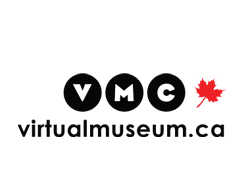Home | Major Sporting Events | Stanley Cup
History of the Stanley Cup
PreviousNext
Canada's sixth Governor General, Lord Stanley of Preston, first encountered ice hockey in 1889 while visiting Montreal's Winter Carnival. Two of his sons as well as his daughter Isobel quickly took up the sport and encouraged their father to donate a trophy for an amateur hockey championship. The first team to claim Lord Stanley's prize, originally known as the Dominion Hockey Challenge Cup, were members of the Montreal Amateur Athletic Association in 1893. After the Allan Cup was designated the top Canadian award for amateur hockey in 1908, the growing prestige associated with the Stanley Cup was pursued by professional leagues with paid players. First formed in 1917, the National Hockey League (NHL) brought the era of inter-league competition to an end by 1926.
Many Stanley Cup champions became heroes in Canada. One of the game's first superstars, Howie Morenz thrilled fans with his blazing speed, helping the Montreal Canadiens win the Stanley Cup in 1924, 1930, and 1931. As of 2015, the Canadiens hold the record for Stanley Cup victories, having captured the trophy 24 times. In the midst of this impressive dynasty, Howie's personal commitment and profound love for his team and their fans was legendary. The speedy centre suffered a career-ending broken leg on the ice in 1937. Demoralized, Morenz died suddenly at the age of 34 in hospital weeks later. Honoured as a beloved community member, his body lay in state at the Montreal Forum, where an estimated 50,000 fans stopped to pay their respects.
For over a century, Canadians have celebrated the Stanley Cup as a mythic symbol of the nation's most beloved sport. However, the trophy has endured its share of misadventures, having been kicked into the Rideau Canal, stolen, used as a flower pot, and left by the side of the road after one championship team stopped to change a tire. Since the mid 1990's the Stanley Cup has also traveled to hometowns around the world, from Viking, Alberta to Cheylabinsk, Russia, given 24 hours to spend with each member of the winning team. In 2007 and 2008 it also survived missile attacks and rough desert landings to boost morale among Canadian troops in Afghanistan. Befitting the passion for hockey Lord Stanley shared with his children, champions often make pilgrimages to the backyard rinks and small-town arenas that marked the start of their journeys, symbolically returning the silver cup to the grassroots of the sport it has popularized to an unparalleled degree.
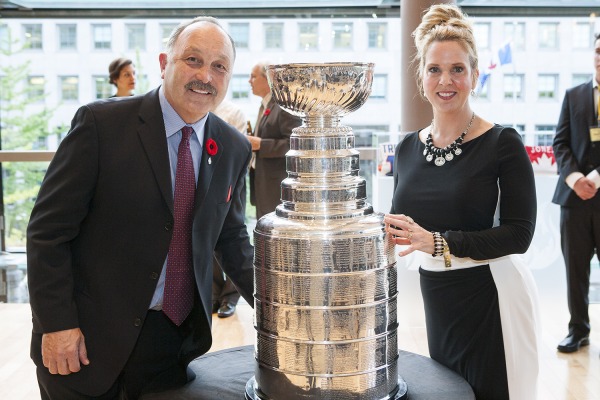
The Stanley Cup has a long and storied history, starting in 1893 when Lord Stanley of Preston and then Governor General of Canada donated a trophy for the Dominion Hockey Challenge Cup. The first team to win it was from Montreal. In its history the Cup has been kicked into the Rideau Canal, used as a flower pot, lost by the side of the road and recovered from a snow bank and more recently thrown into a swimming pool.
Collection: Canada's Sports Hall o f Fame
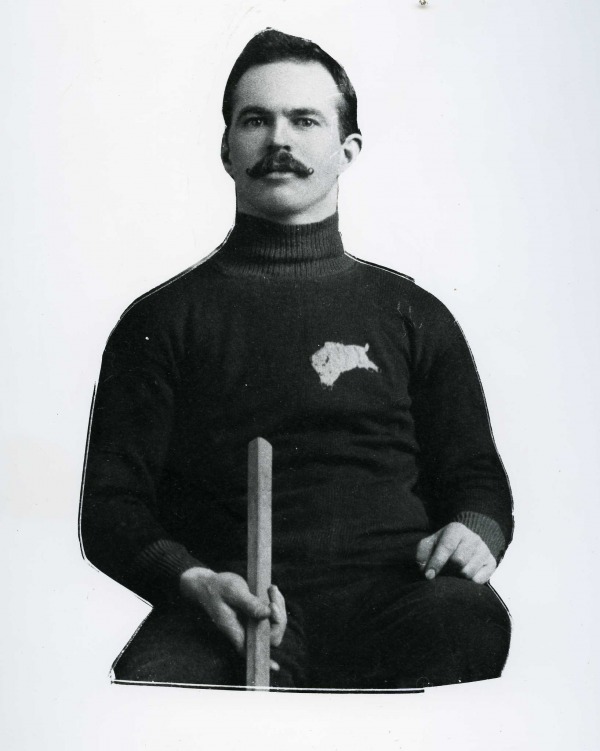
Donald 'Dan' Bain was an all-round sportsman competing in nearly a dozen different sports. He won two Stanley Cups with the Winnipeg Victorias in 1896 and 1901, the first time a team from the West won the Cup. Most hockey games were played outdoors and the first artificial ice rink was opened in 1894 in Baltimore.
Collection: Canada's Sports Hall of Fame

Lester Patrick is honoured as both a player and a builder of the game. As team captain for the Montreal Wanderers he won the Stanley Cup twice in 1906 and 1907. He and his brother later moved to British Columbia where they set up a league that included playoff formats, numbers on the players' backs and other rules that made the game exciting for the fans.
Collection: Canada's Sports Hall of Fame
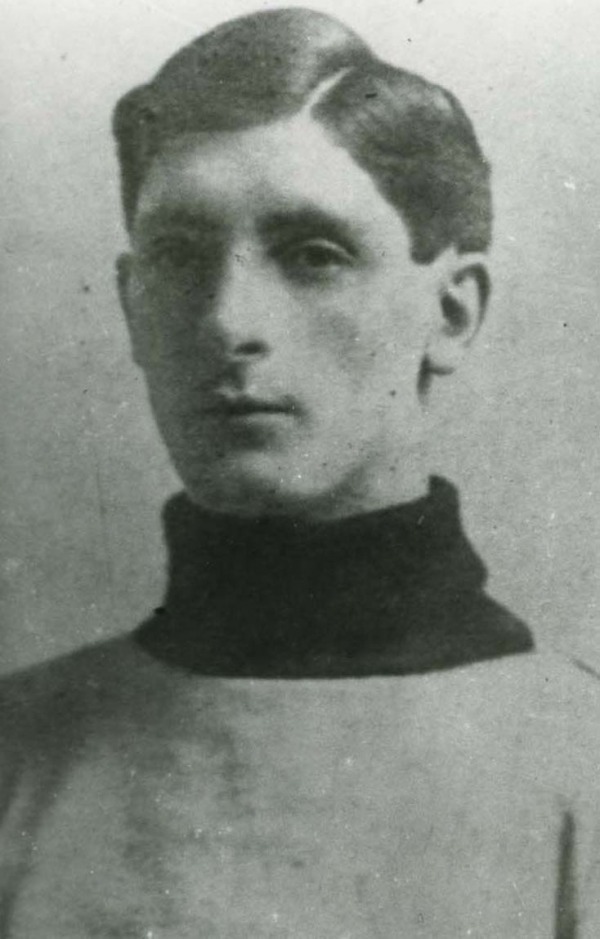
Art Ross won the Stanley Cup as a player with 2 different teams - the Kenora Thistles and the Montreal Wanderers. He later became the General Manager for the Boston Bruins and was also an innovator in the game, designing the B-frame goal net. Today the NHL's top scorer in the regular season is awarded the Art Ross trophy.
Collection: Canada's Sports Hall of Fame
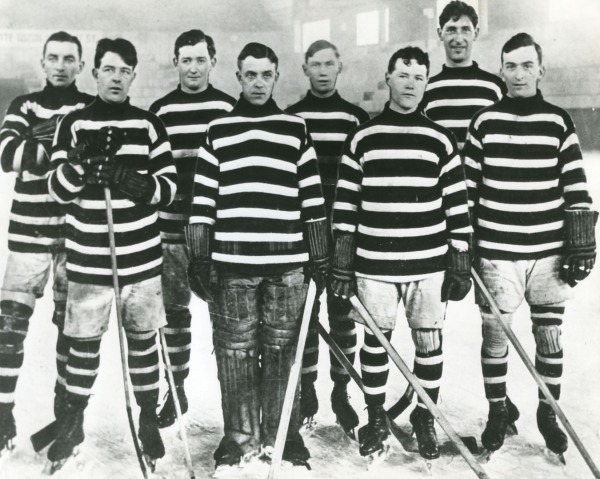
The Pacific Coast Hockey Association (PCHA) was formed of teams in Western Canada. It was formed by Frank and Lester Patrick. The league introduced several innovations including the blue line, permitting goaltenders to fall to the ice to make saves and forward passing allowed in the neutral zone. The 60 minute game became divided into three 20 minute periods at this time.
Collection: Canada's Sports Hall of Fame

Fred 'Cyclone' Taylor won two Stanley Cups, one at each end of the country. The first was in 1909 with the Ottawa Senators and the second in 1915 with the Vancouver Millionaires. Known as one of the greatest hockey skaters he never played in the NHL, which was officially formed on November 26, 1917.
Collection: Canada's Sports Hall of Fame

The first radio broadcast of a hockey game occurred in 1923. Foster Hewitt called the game between Kitchener and Toronto. Known as the voice of hockey, creating the term "He shoots, he scores", he went on to call the first televised game in 1952 and the Summit Series in 1972.
Collection: Canada's Sports Hall of Fame
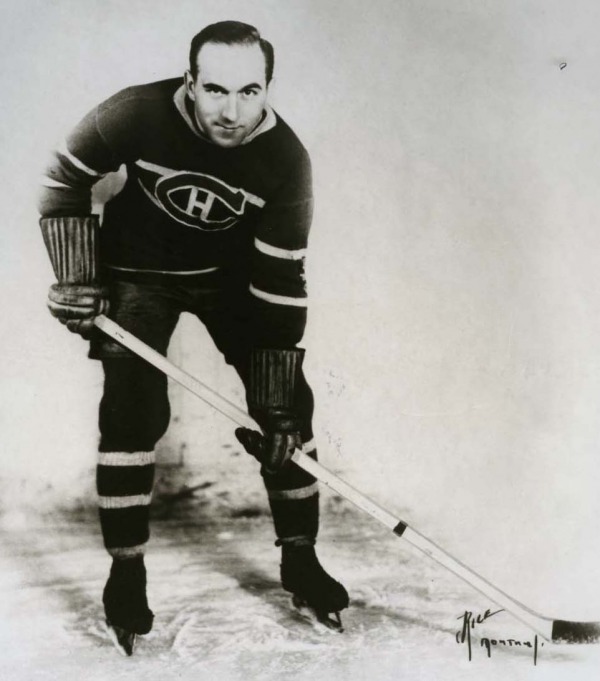
Howie Morenz joined the Montreal Canadiens at the age of 21 and proceeded to become one of their most exciting players, known for his spectacular rushes that awed fans and opponents alike. His nickname was the 'Stratford Streak' for his blazing speed. He won three Stanley Cups with the team. His #7 jersey was the first retired by the team because no one could match this player. Another number was not retired until 1960 when Maurice Richard retired.
Collection: Canada's Sports Hall of Fame
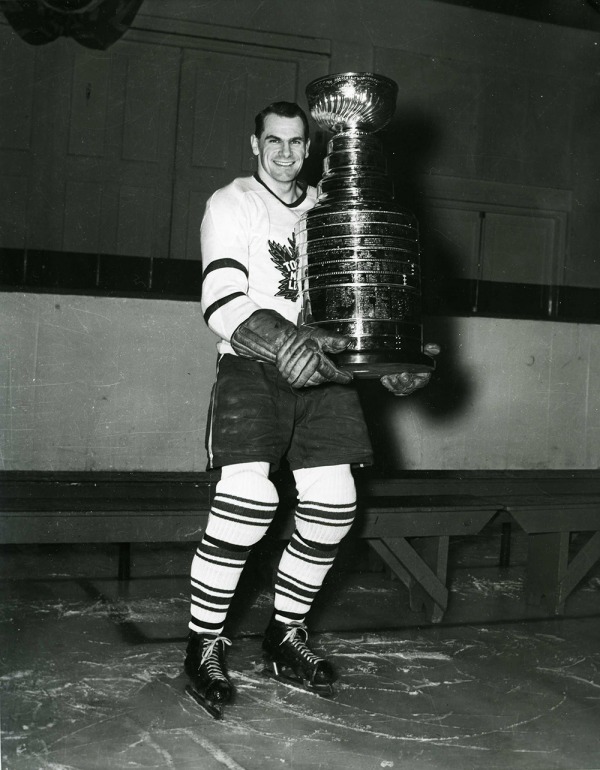
Syl Apps athletic career began with a Gold medal at the 1934 British Empire Games in pole vault. He played for the Toronto Maple Leafs and was the captain when the team went to the 1942 Stanley Cup in a series that saw the team overcome a three game deficit. His son Syl Apps Jr. went on to a stellar NHL career and his granddaughter Gillian Apps won three Olympic Gold medals in women's hockey.
Collection: Canada's Sports Hall of Fame
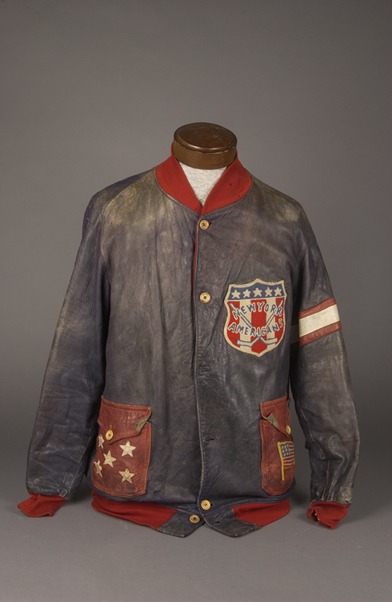
Lionel Conacher was an all-round sportsman, winning not only two Stanley Cups but the Grey Cup as well. He was a naturally gifted athlete, who brought his passion, competitive spirit and pride to whatever game he played. This is his team jacket from the NHL New York Americans. The Lionel Conacher Award is given out annually to Canada's male athlete of the year.
Collection: Canada's Sports Hall of Fame
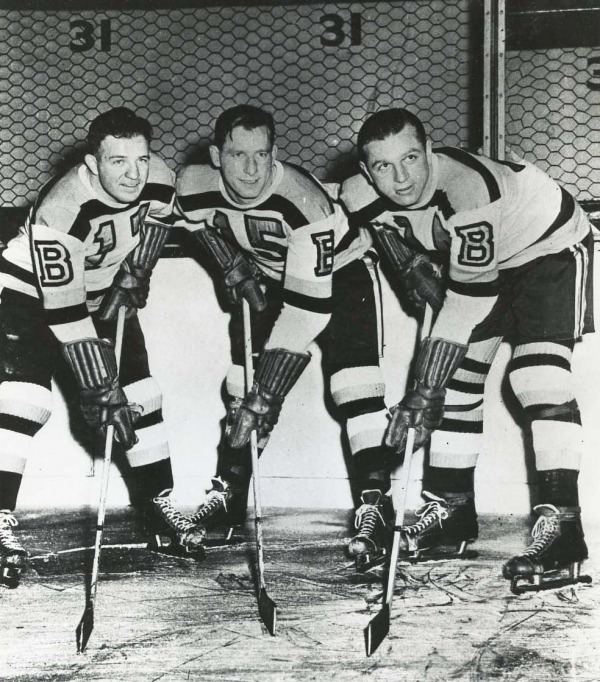
The threesome of Milt Schmidt, Woody Dumart and Bobby Bauer, known as the 'Kraut Line', led the Boston Bruins to two Stanley Cups. In 1940 they finished 1-2-3 in the scoring race, a feat no other line has matched. Still acting as a team, they all served in the military in World War Two.
Collection: Canada's Sports Hall of Fame

In 1942 the Brooklyn Americans withdrew from the NHL. For the next 25 years the League would be comprised of the Montreal Canadiens, Toronto Maple Leafs, Boston Bruins, New York Rangers, Detroit Red Wings and Chicago Black Hawks, known as the Original Six. During this period referees started using hand signals to indicate penalties and other rulings.
Collection: Canada's Sports Hall of Fame
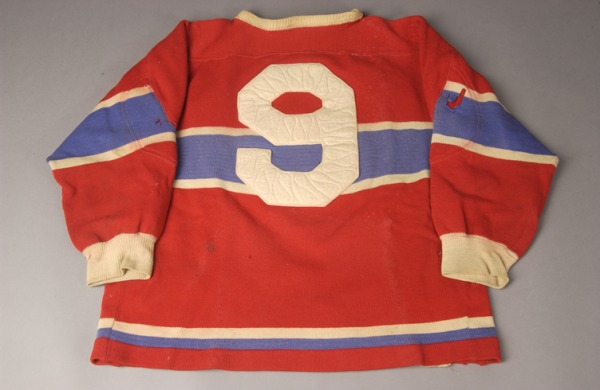
Maurice Richard lived up to his nickname of 'The Rocket'. With his aggressive style of play he was the first player to score 50 goals in 50 games and he won eight Stanley Cups with the Montreal Canadiens. He was a passionate French Canadian and a hero of his times. The infamous Richard Riot occurred in Montreal when he was suspended for hitting a linesman and the fans rioted in the streets until he asked on the radio for them to stop.
Collection: Canada's Sports Hall of Fame
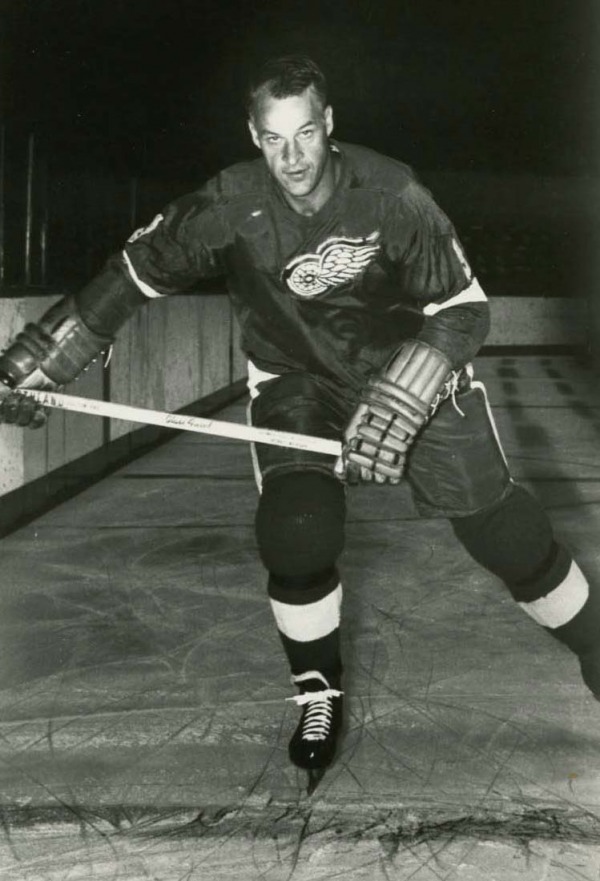
Gordie Howe had a 32-year career in hockey that included playing for both the NHL and the WHA. Known for his consistency with 22 successive seasons with 20 goals or more he helped the Detroit Red Wings win four Stanley Cups, which earned him the nickname 'Mr. Hockey'. Perhaps his most cherished moments on ice came when he played with his sons Marty and Mark on the Houston Aeros of the WHA (World Hockey Association).
Collection: Canada's Sports Hall of Fame
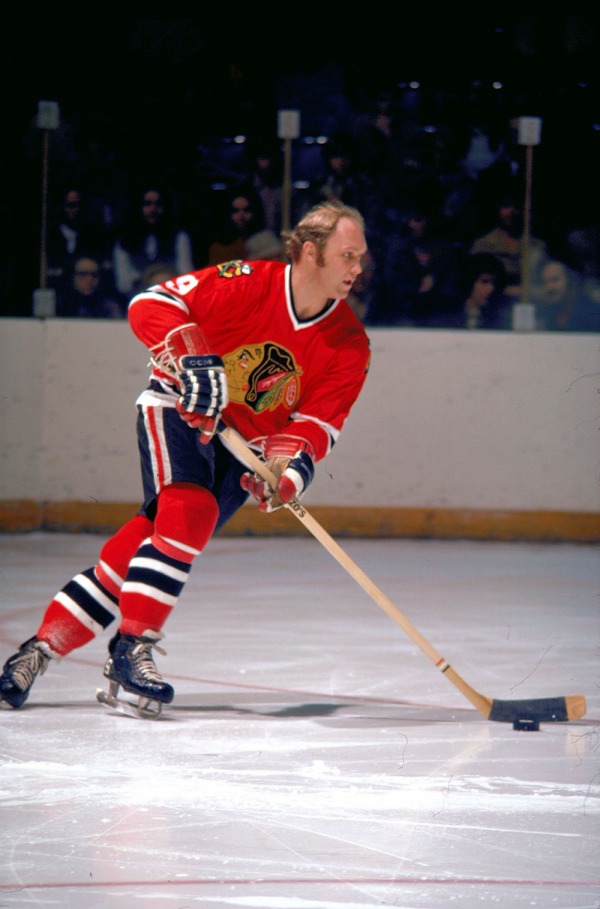
Known as the 'Golden Jet', Bobby Hull was the most prolific scorer of his generation. He won the Stanley Cup in 1961 and after 15 seasons with the Chicago Blackhawks he left to join the Winnipeg Jets of the new WHA (World Hockey Association). He set scoring records as part of both leagues.
Collection: Canada's Sports Hall of Fame

From being a hockey player affectionately known as 'Big M' to becoming a Senator, Frank Mahovolich was one of the most widely respected Canadian citizens. He won four Stanley Cups with the Toronto Maple Leafs and another two with the Montreal Canadiens. He and his brother Peter were two of the highest scoring players on the 1972 Summit Series Team.
Collection: Canada's Sports Hall of Fame
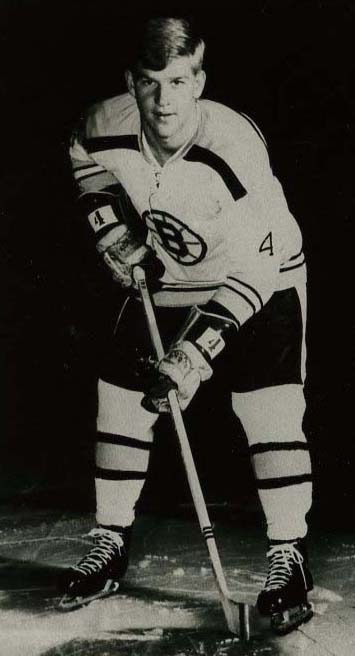
Bobby Orr changed the way the game was played. Although he played defence he set multiple scoring records and changed the role of the defenceman with his speed, scoring and play-making abilities and the way coaches defended against rushing defencemen. He inspired future generations with his style of play.
Collection: Canada's Sports Hall of Fame
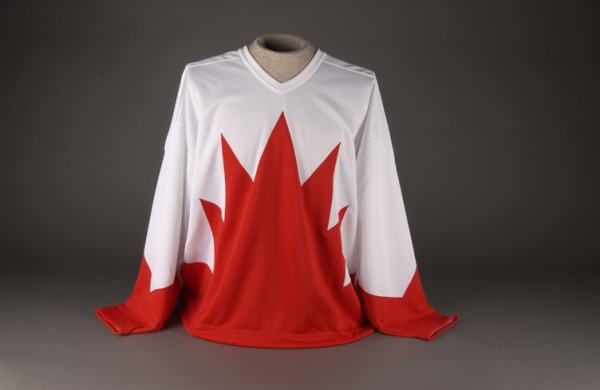
The 1972 Summit Series took place between Team Canada, a group of professional hockey players from the NHL and the team from the USSR (Union of Soviet Socialist Republics). The series was played during the Cold War era and aroused intense feelings of nationalism in both countries. Canada won the series on a last minute goal by Paul Henderson in the final game.
Collection: Canada's Sports Hall of Fame
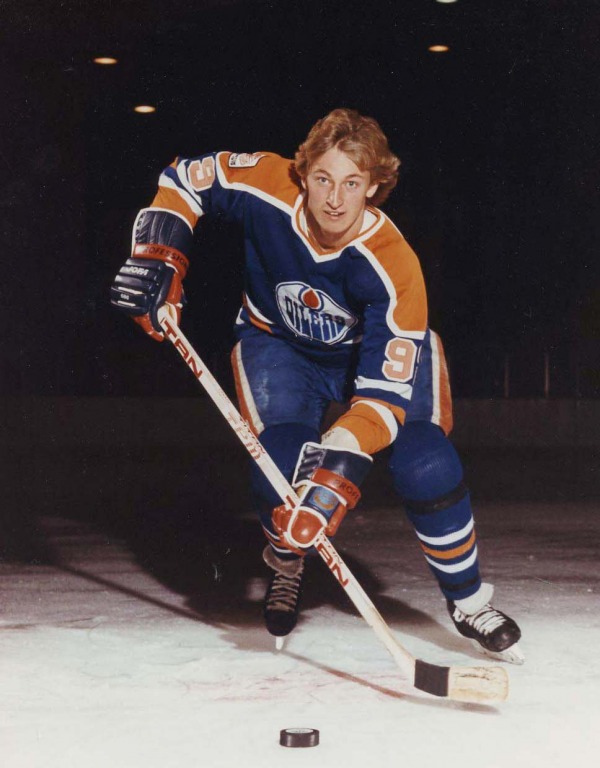
Wayne Gretzky started playing hockey on his backyard rink. At age 16 he led the World Junior Championships in scoring. By the end of his NHL career he had led the League in scoring ten times and had won four Stanley Cups with the Edmonton Oilers. In 2002 he was the team manager for the men's Olympic Hockey Team when they won the gold medal, the first in 50 years. The NHL has retired his 99 number League wide, an honour not bestowed on any other player in hockey or another sport other than Jackie Robinson in baseball.
Collection: Canada's Sports Hall of Fame
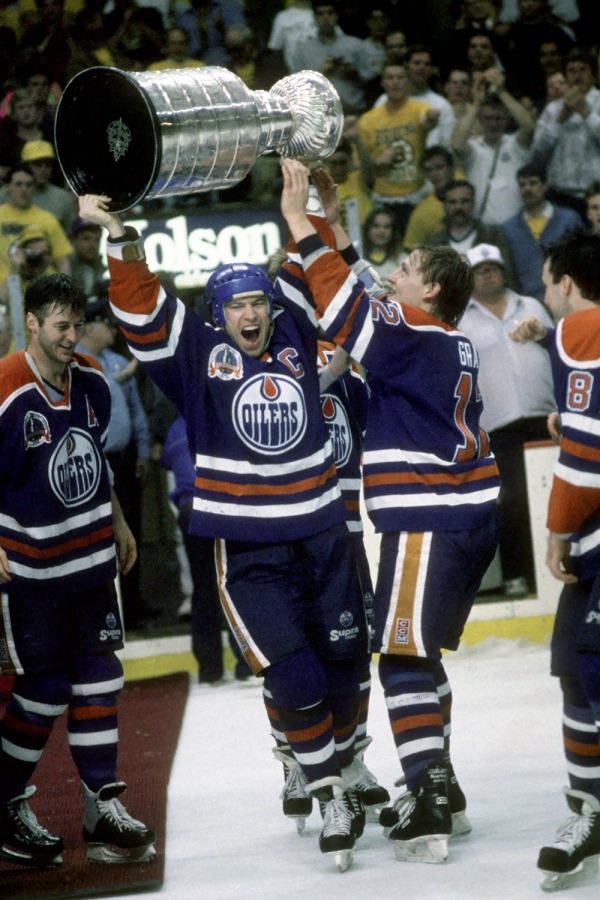
Mark Messier was born to play hockey. Utilizing his strength, power, speed and talent he became one of hockey's most accomplished players. Known for his passion, tenacity and desire, he was highly respected for his leadership abilities and was an integral player in the Edmonton Oilers dynasty that won four Stanley Cups. He won another Cup as captain of the New York Rangers.
Collection: Canada's Sports Hall of Fame
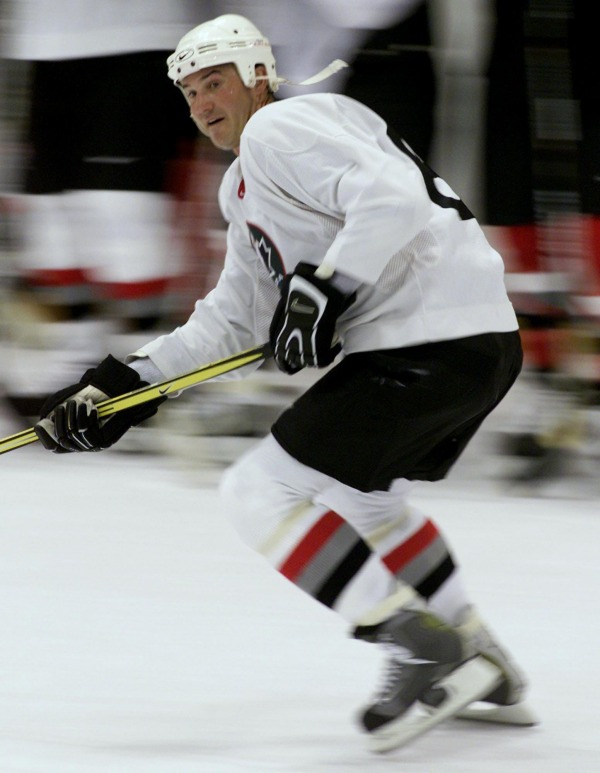
Mario Lemieux scored a goal on his very first shift in the NHL and never looked back. He led the Pittsburgh Penguins to two Stanley Cups, including when he returned to active play in 2000 after being retired due to back injuries. Known for his poise and leadership he captained the 2002 Olympic team to a gold medal.
Collection: CP PICTURE ARCHIVE/Adrian Wyld
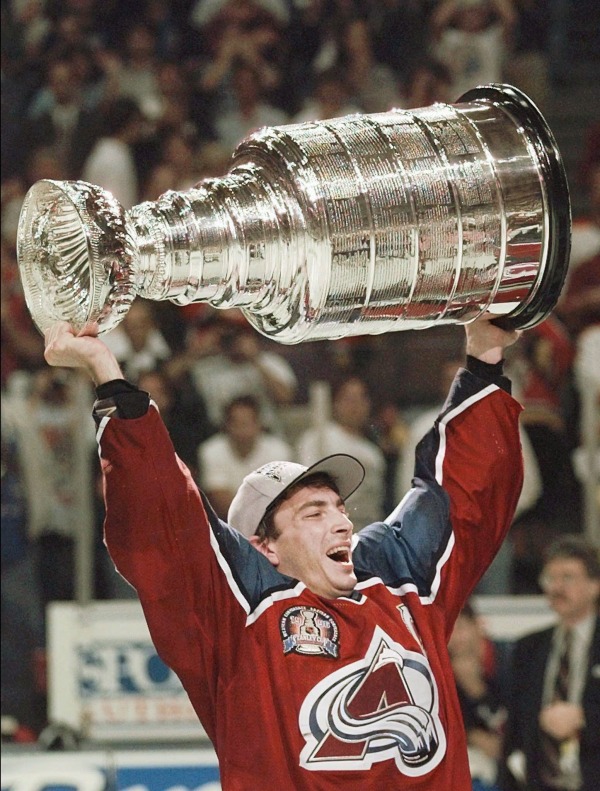
Joe Sakic played 21 seasons in the NHL in one organization - the Quebec Nordiques/Colorado Avalanche. In that time he won two Stanley Cups and has matched Scott Niedermeyer in the number of gold medals at other championships. He was a leader, a team player who made others better and more confident.
Collection: CP Photo/Paul Chiasson
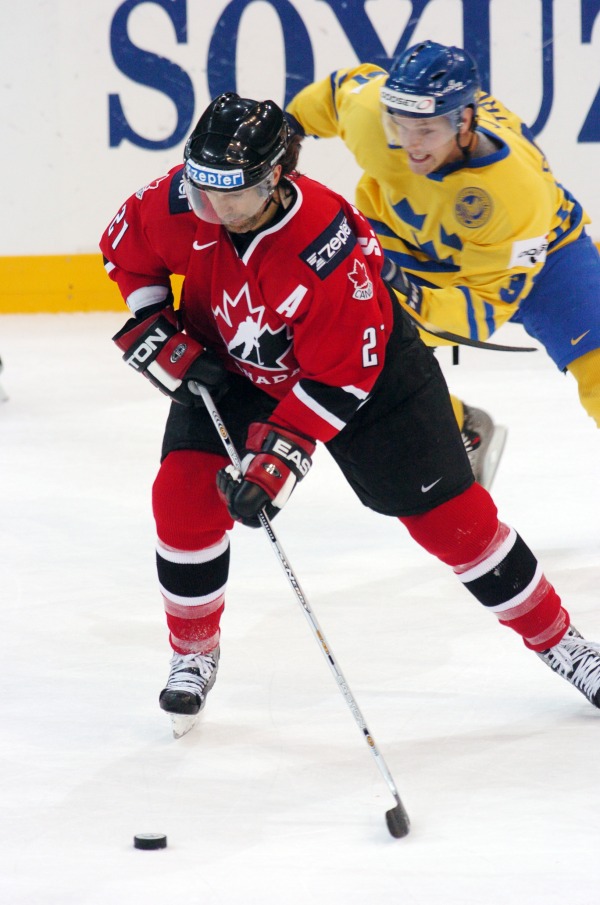
Scott Niedermeyer won his first Stanley Cup in 1995 with the New Jersey Devils and went on to win another three Stanley Cups, two Olympic gold medals (2002 & 2010) and a gold medal at the World Championships, the World Junior Championships, the World Cup and the Memorial Cup. Few other hockey players can boast of a resume like this.
Collection: Canada's Sports Hall of Fame
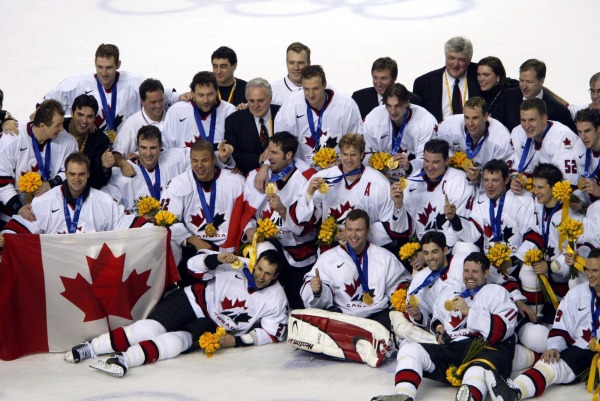
The last time Canada had won an Olympic gold medal in hockey was in 1952 when the players still maintained their amateur status. The one wish of members of the Edmonton Mercurys team was to see Canada win another gold medal. In 2002 Team Canada, composed of professional NHL players, finally ended the 50 year drought and won the gold medal at the Olympic Winter Games in Salt Lake City.
Collection: CP Photo/COC/Mike Ridewood
Previous Next


